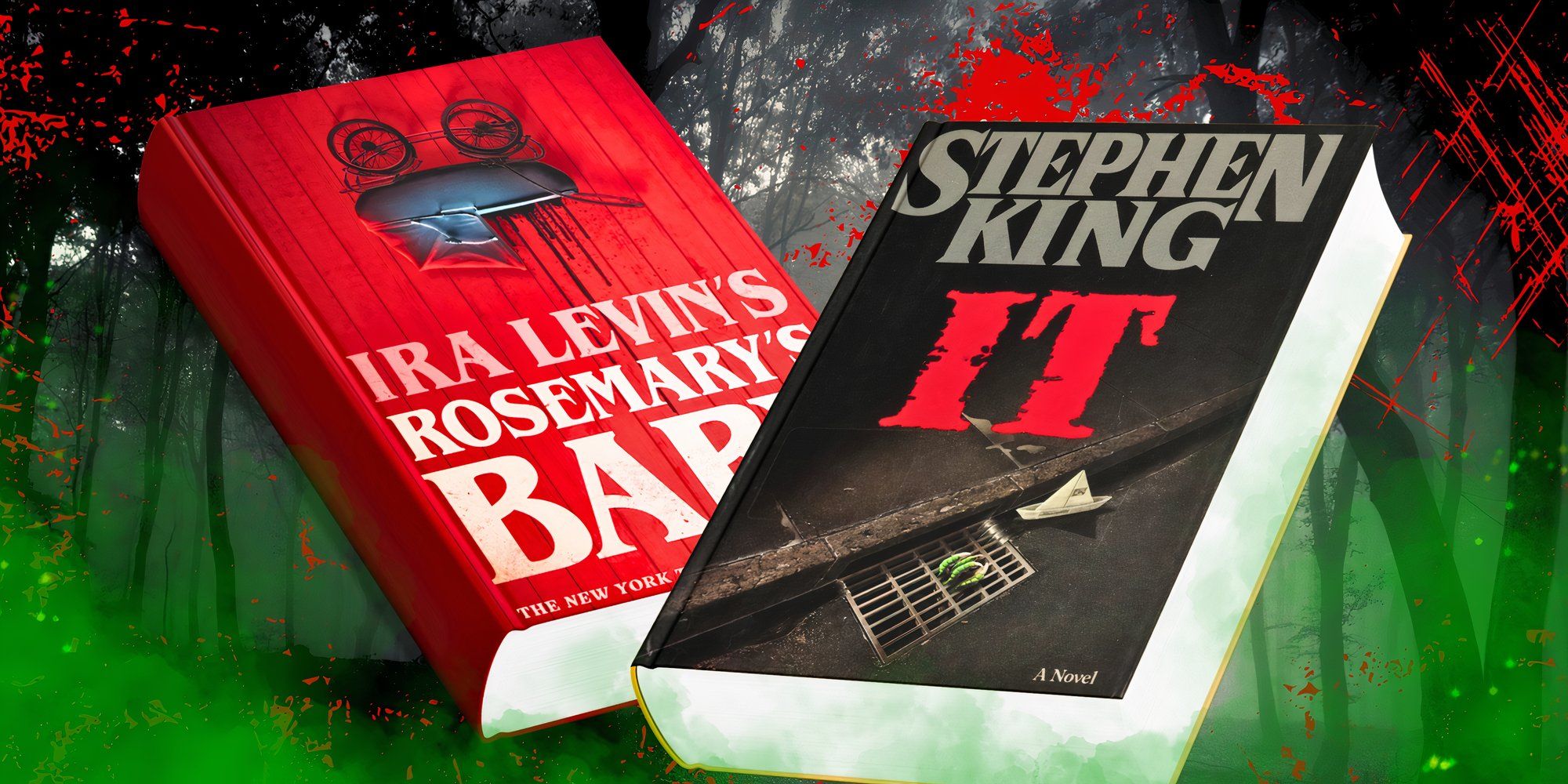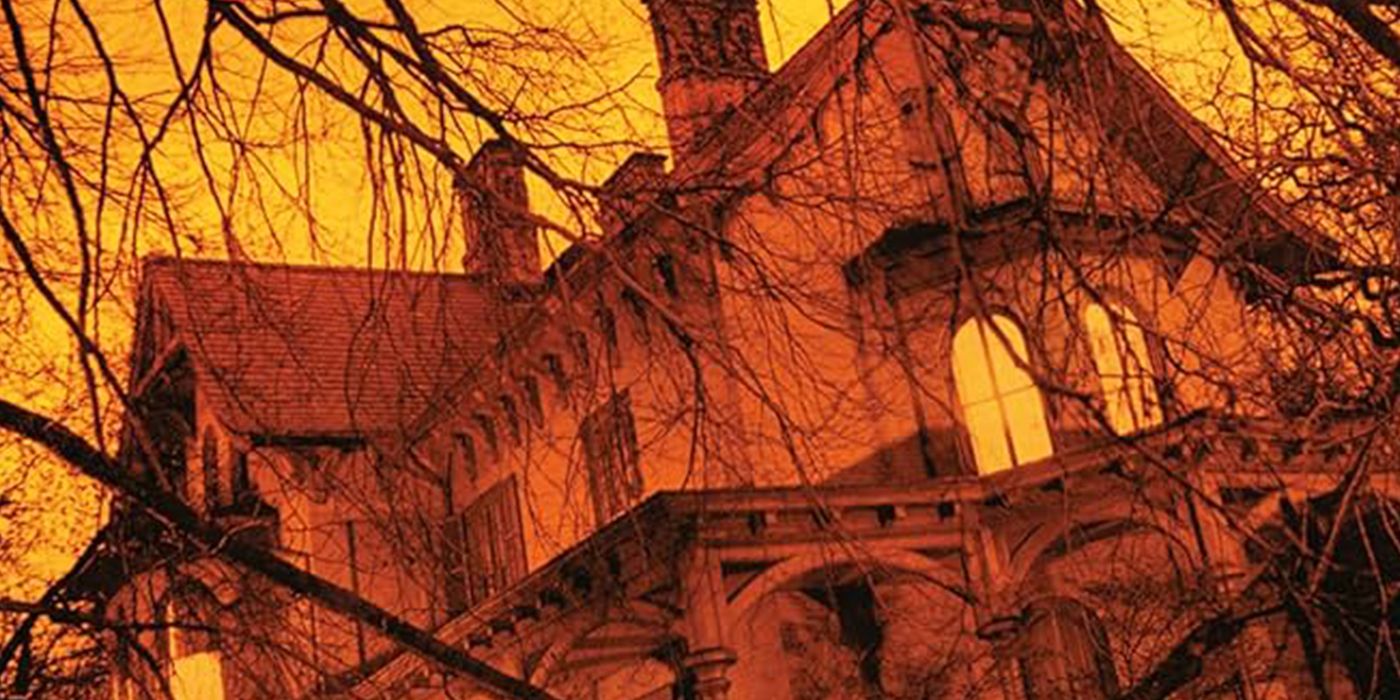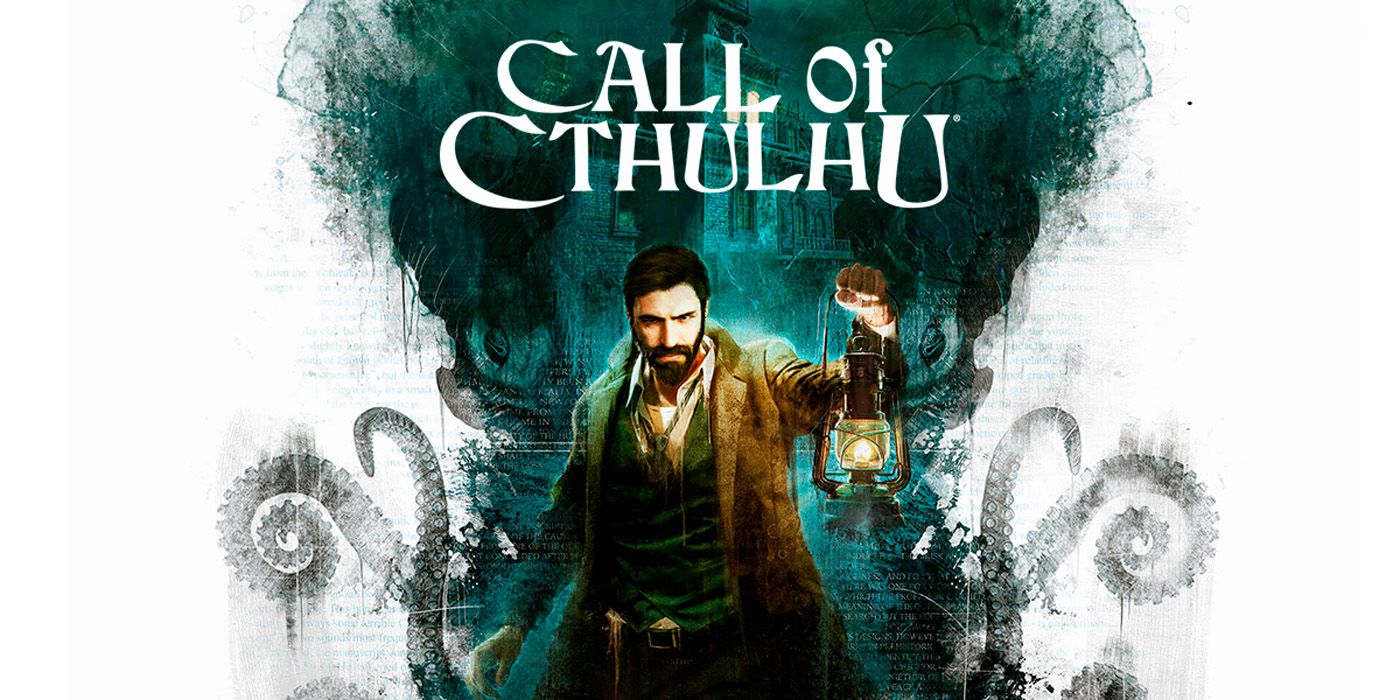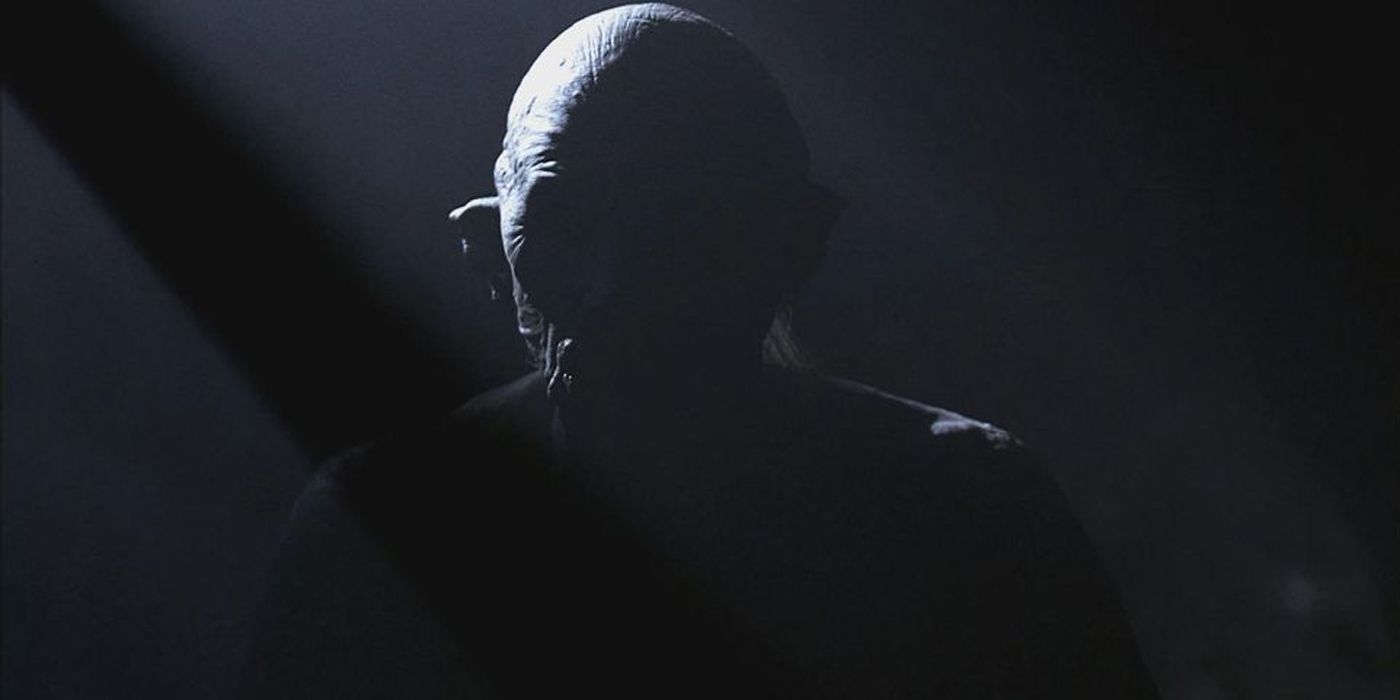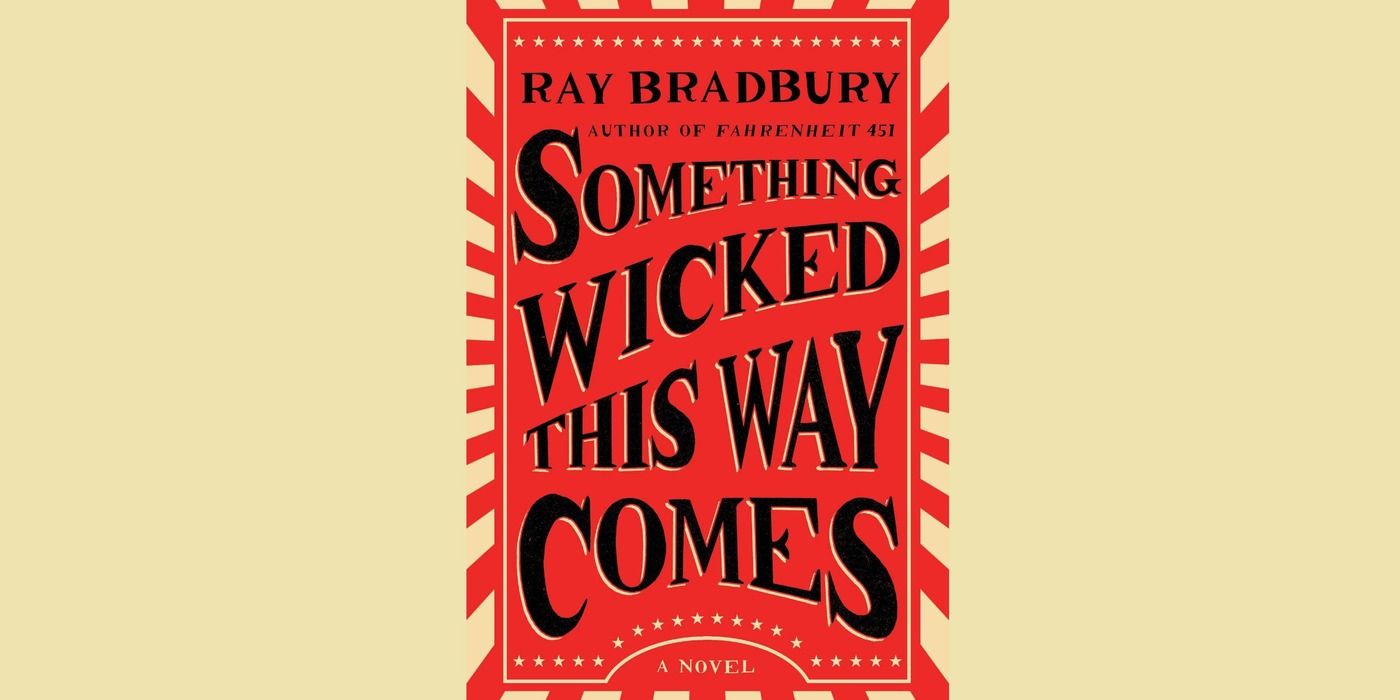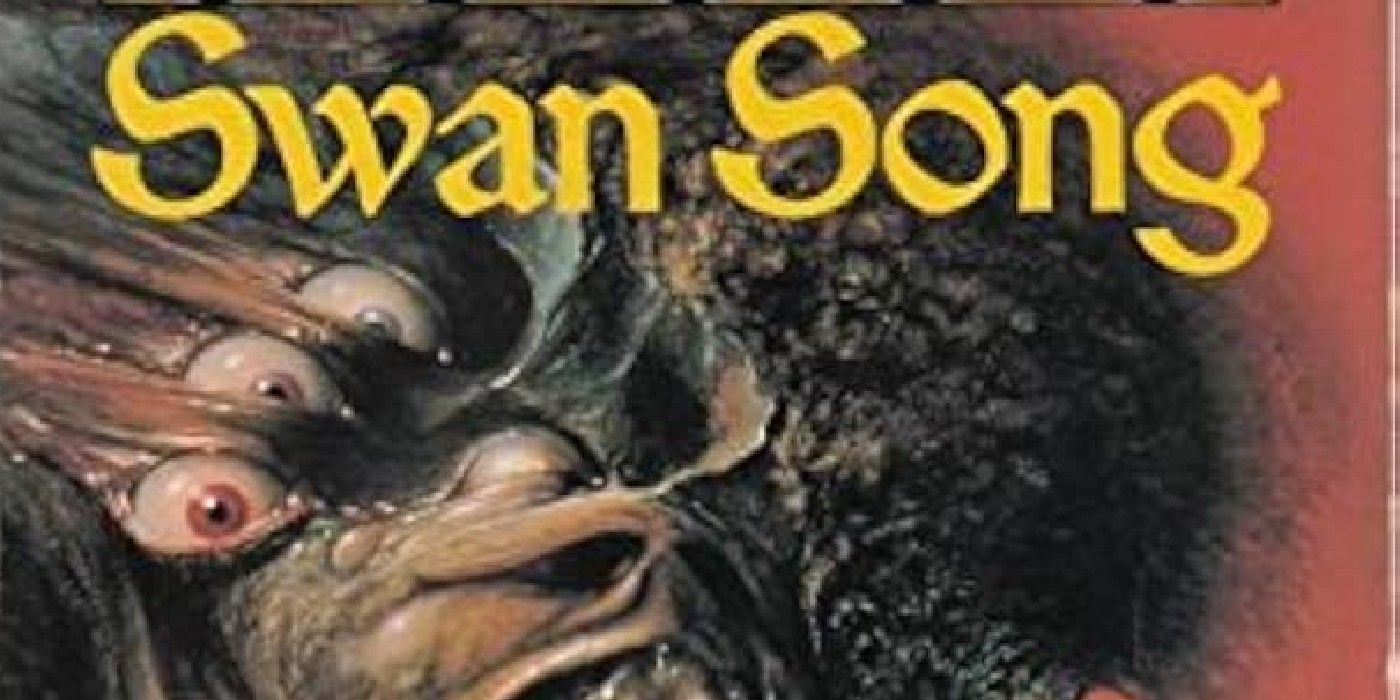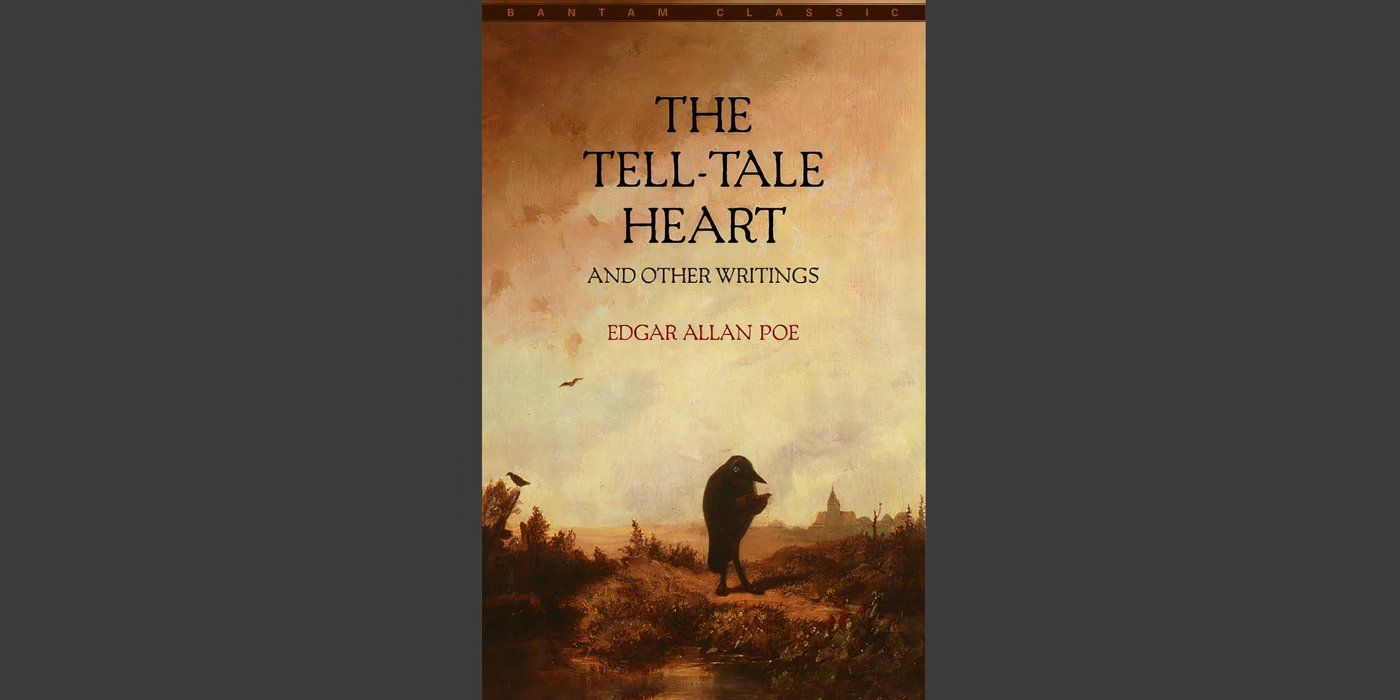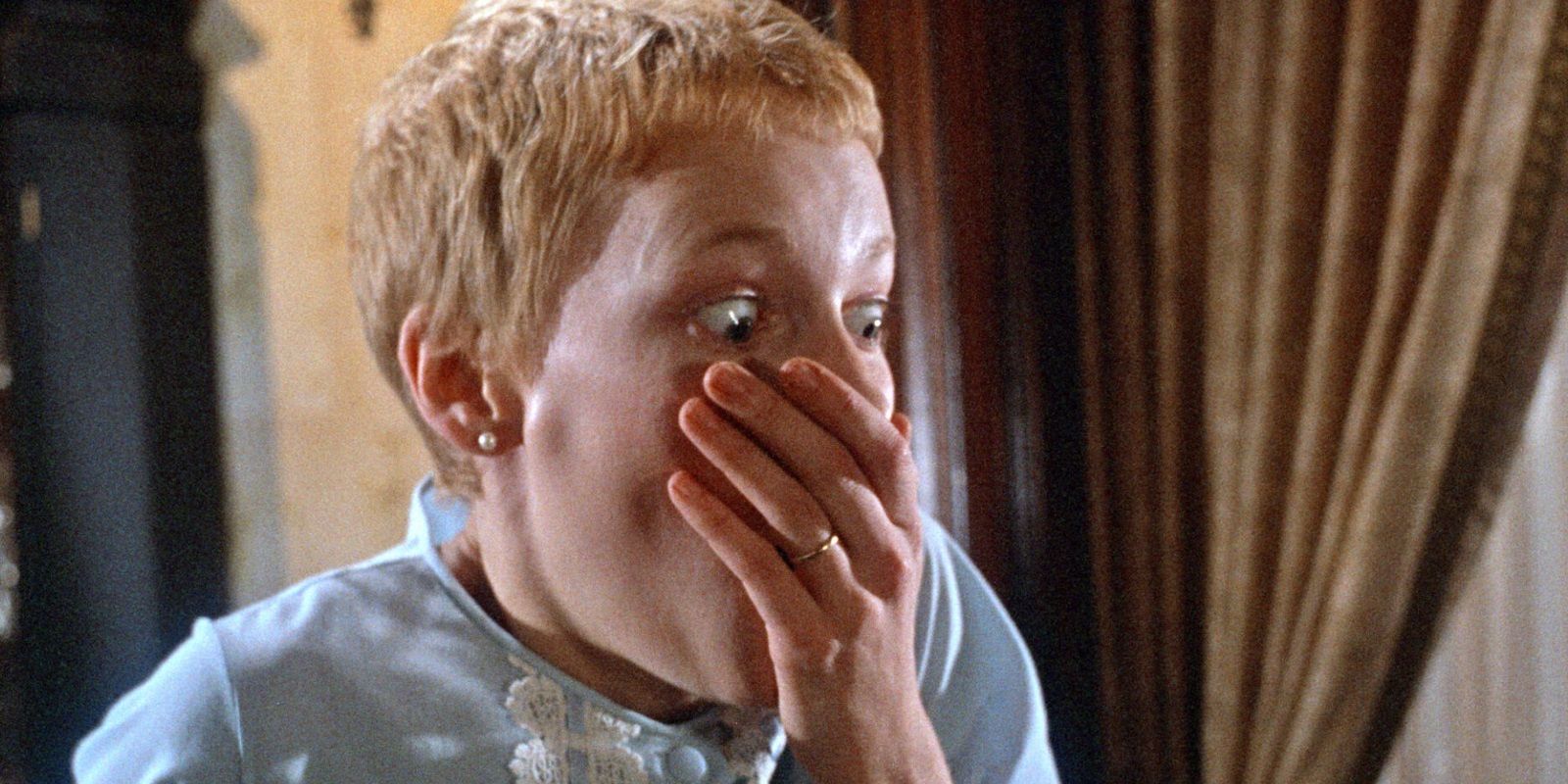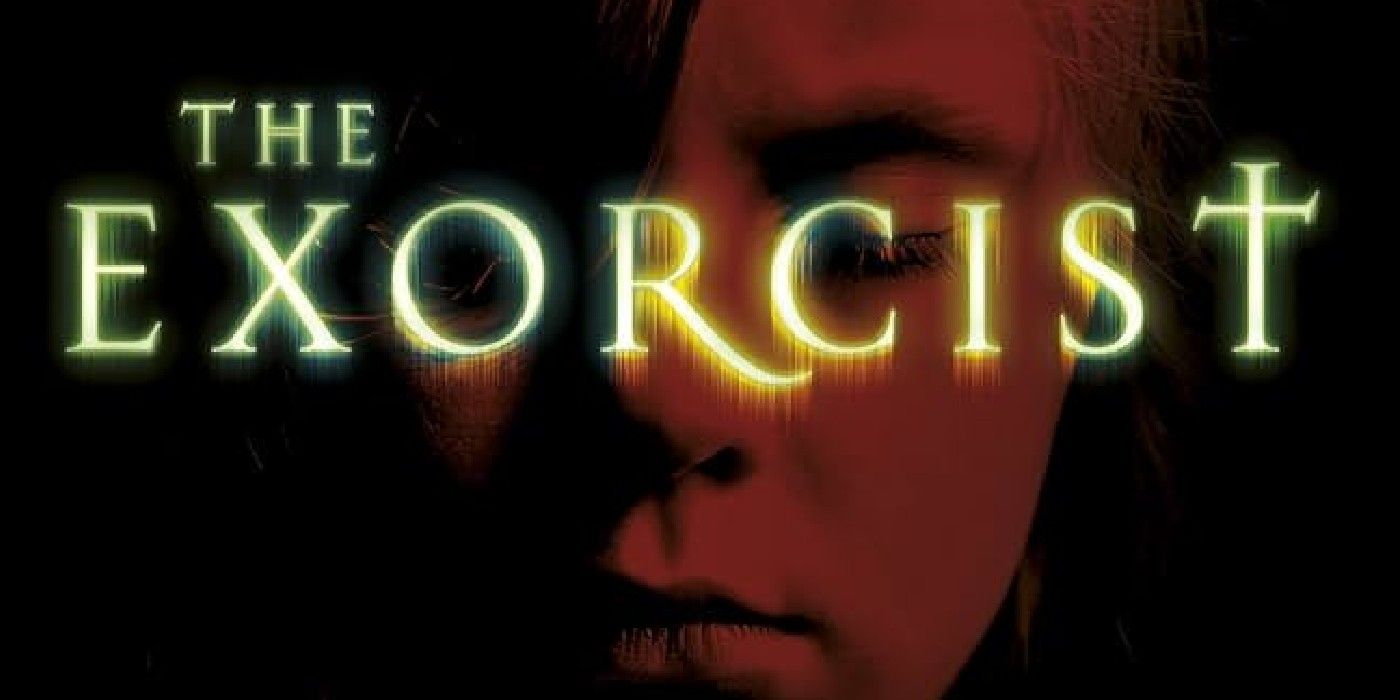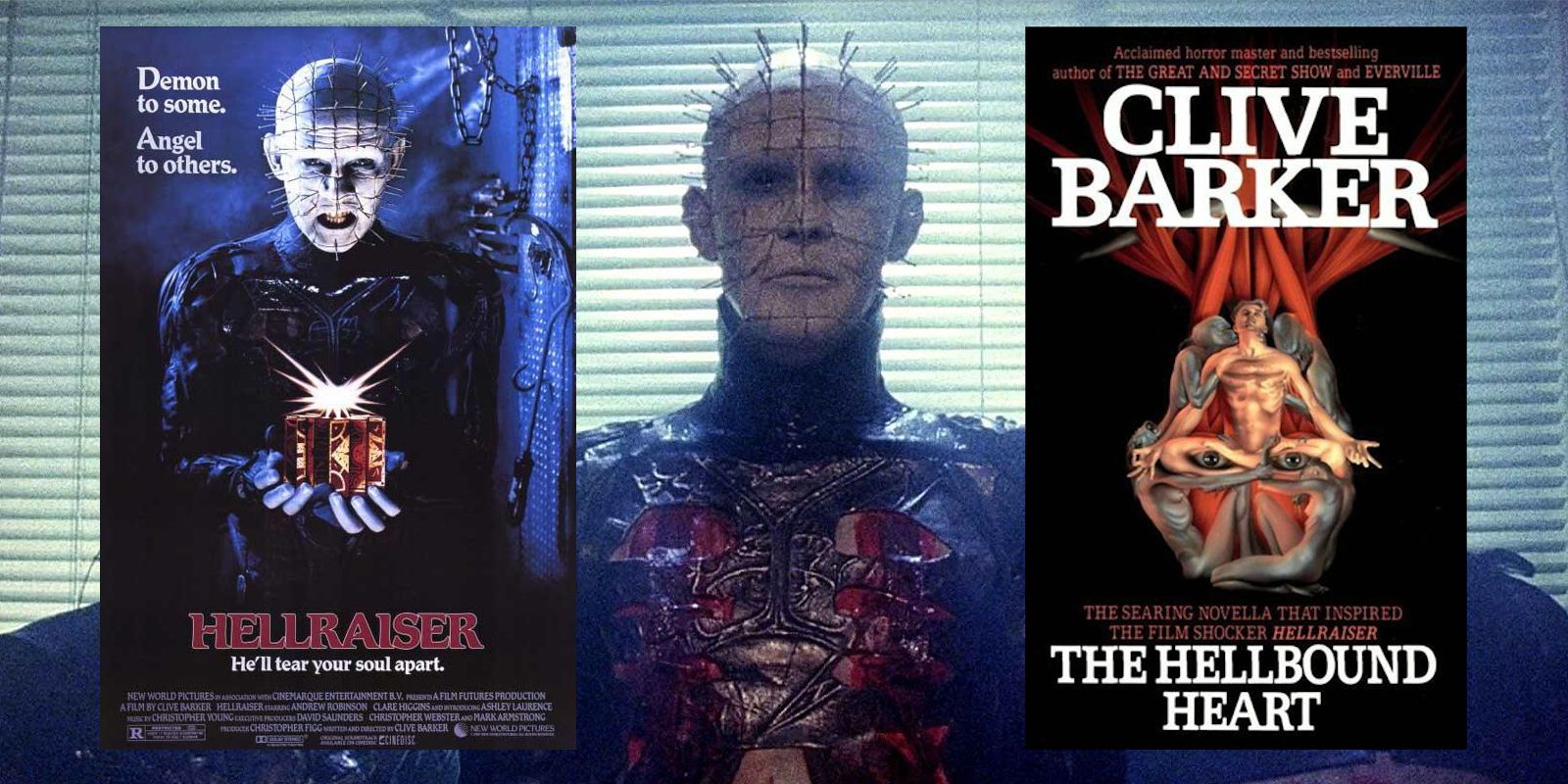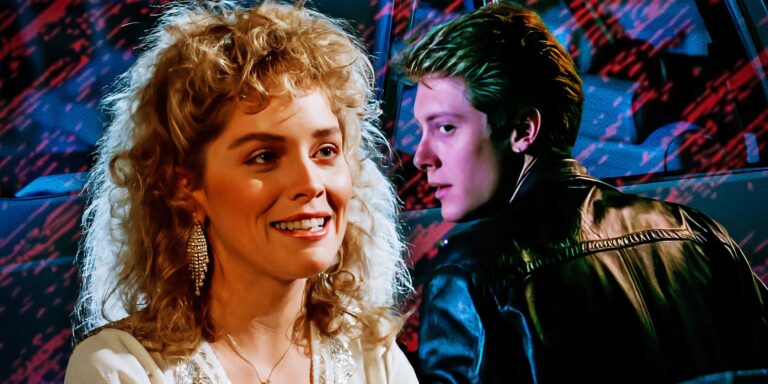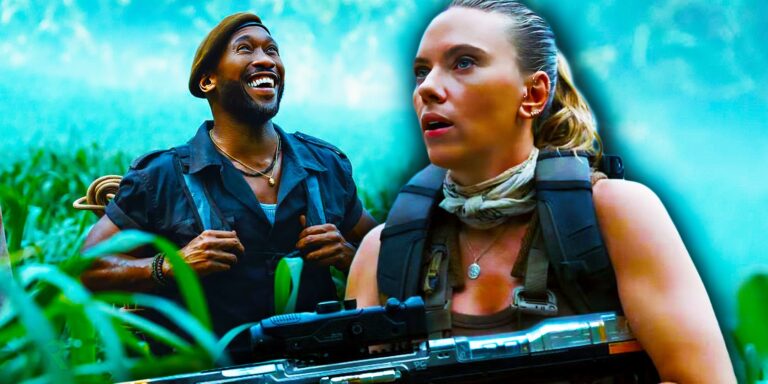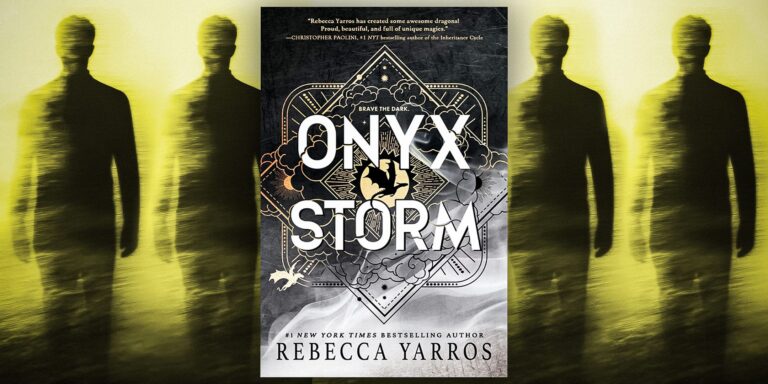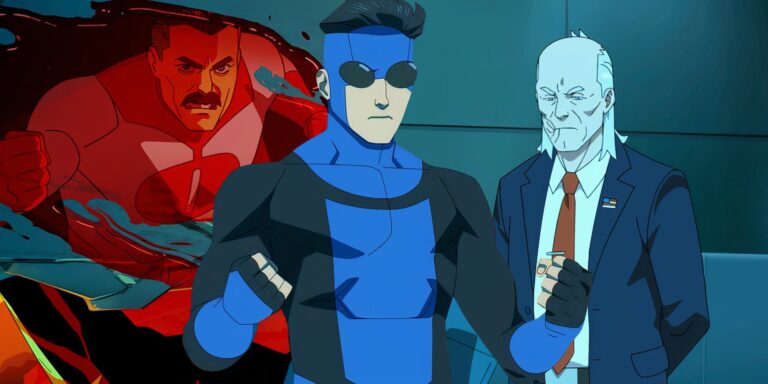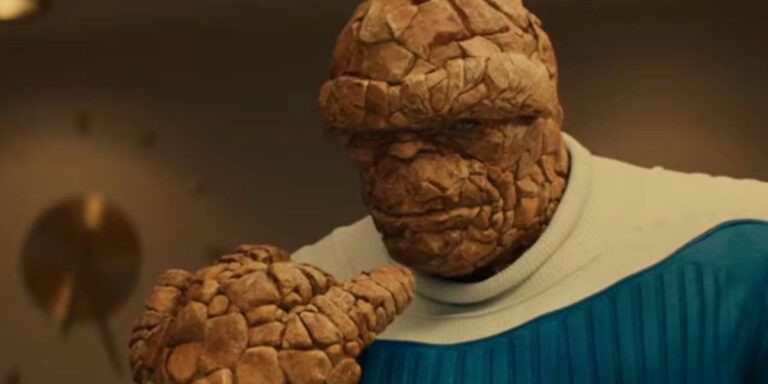The horror genre has staying power thanks to its profound, primal themes, and certain classic horror books written decades or even centuries ago still have the power to disturb us today. The most terrifying horror stories grip us and don’t let go, from visceral scenes of gore to unsettling psychological anxiety or the existential questions they raise to cosmic, eldritch terror. As a genre, it mines the depths of the human soul and reflects something dark back, which is why it’s so memorable.
That said, not all horror is created equal, from the scariest tales to the horror books that aren’t too scary. While some horror novels might be good for a bit of entertainment and some temporary scares, certain other books resonate long after they are first published. Thanks to their longevity, their impact still packs as much of a punch for readers diving into them now as they did then. While this list is by no means comprehensive, the entries on it have been chosen thanks to their long-lasting scares, their influential nature, or both.
10
IT (1986)
Stephen King
Stephen King’s story of Pennywise, the interdimensional entity masquerading as a killer clown, is the ultimate depiction of childhood nightmares and one of his most memorably horrifying novels. King has a knack for capturing the wonder and terror of childhood, and IT is stuffed full of the latter.
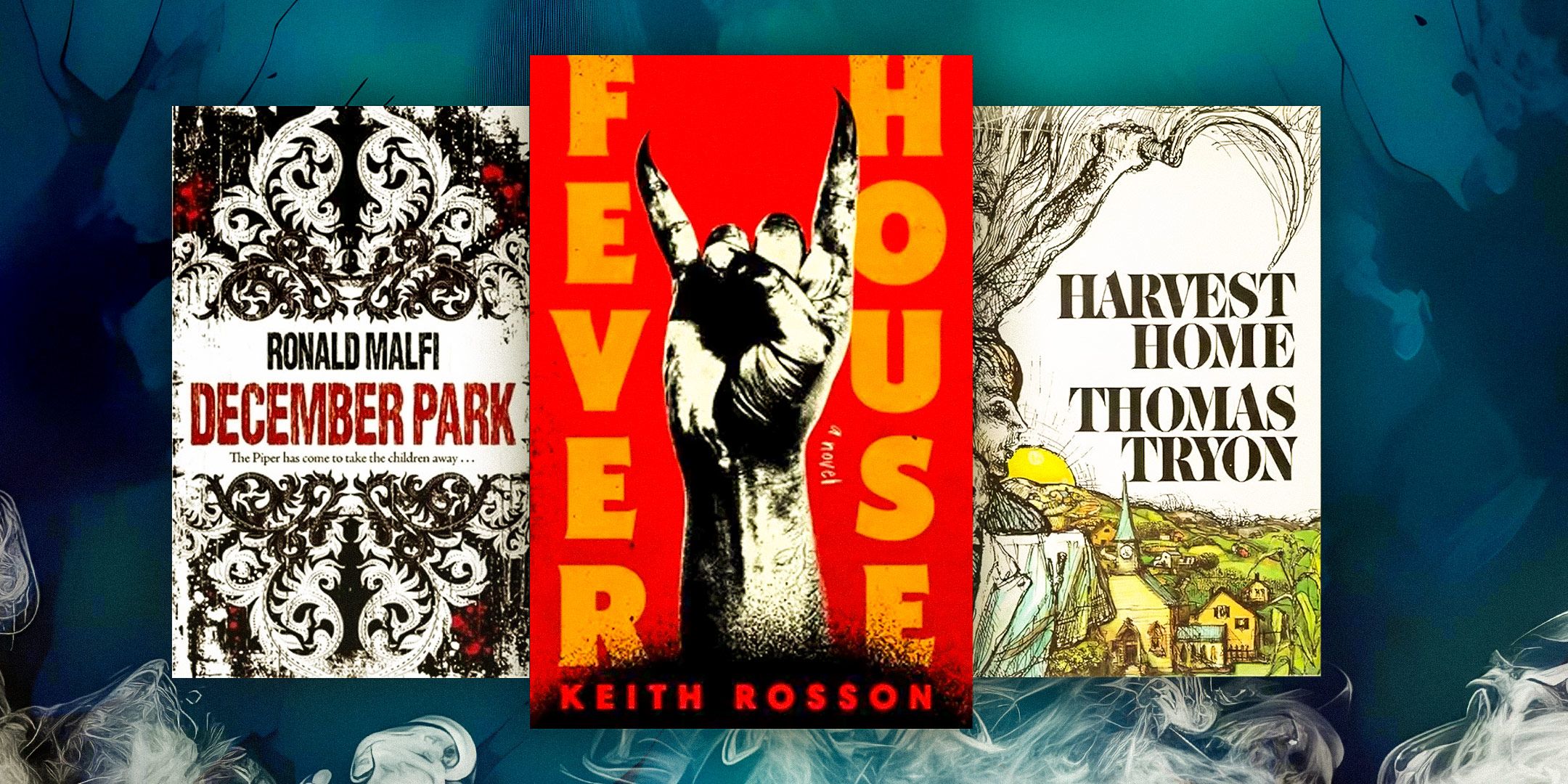
Related
10 Great Horror Books To Read If You Love Stephen King
Because of their eerie tones, chilling storylines, and engaging characters, these horror books are great recommendations for readers of Stephen King.
Each scene where Pennywise appears to one of the kids – often when they’re on their own and at their most vulnerable – is tailored to their specific fear, meaning there is a fear for every reader within its pages. King writes the scenes with such crystal-clear detail that it paints a vivid picture in one’s imagination, horror in 3D. The scares are visceral, gory, and linger, much like a recurring nightmare that plagues a child at night.
9
The Haunting of Hill House (1959)
Shirley Jackson
When readers think of the ghostly, there are few writers who come to mind as readily as Shirley Jackson. Of her classics, The Haunting of Hill House is her scariest. It’s not just a classic ghost story, but the classic ghost story, the quintessential tale to read if you want a haunting (both literally and figuratively) story. There’s a reason it’s been adapted so many times, most recently Mike Flanagan’s excellent Netflix miniseries (though it did take liberties with the book).
What starts out as an experiment to collect evidence of the paranormal in the hulking Hill House soon finds the characters descending into terror and madness. It’s as much psychological horror as classic Gothic horror, and it’s a seminal work in the genre, inspiring Stephen King to cite it as an influence and name it one of the most important horror novels of the 20th century.
8
The Call of Cthulhu (1928)
H.P. Lovecraft
Cosmic horror is virtually synonymous with H.P. Lovecraft thanks to his Cthulhu mythos, and “The Call of Cthulhu” is the Lovecraft story that introduced the world to the titular cosmic deity. The epistolary horror is told through old notes and letters, slowly revealing the terror of “The Old God” and the cult that worships him. As the notes pull the protagonist deeper into the mystery, he feels his grip on the world slipping as the grand design is revealed to him.
The real horror of “The Call of Cthulhu” is how Lovecraft makes both the protagonist and the reader feel utterly insignificant in the grand scheme of the cosmos.
The real horror of “The Call of Cthulhu” is how Lovecraft makes both the protagonist and the reader feel utterly insignificant in the grand scheme of the cosmos. The protagonist grapples with his new reality of knowing there are cosmic forces too vast for him to comprehend, and the reader must contemplate the same. To contemplate it too long leaves one reeling in existential terror.
7
The Wendigo (1910)
Algernon Blackwood
For those wanting to try Algernon Blackwood, it’s hard to go wrong with his 1910 novella The Wendigo. The story follows five men on a winter hunting trip in the frozen wilds of northern Ontario. As they move through the barren wilderness, they sense a sinister presence stalking them and it leads to a nightmarish ending as one of their party is picked off and meets a dark fate.
The Wendigo is a creature from Algonquin folklore, a supernatural, cannibalistic entity that lives in frozen places and craves the flesh of humans. Some versions of the myth claim a person becomes a Wendigo after consuming human flesh, while others claim it’s a malevolent spirit that consumes humans. Still other depictions describe it as a humanoid creature with a heart made of ice. Almost all versions in traditional Algonquin folklore describe the Wendigo as looking like a rotting corpse. The antlers and/or deer skull of modern interpretations were a late addition, with one of the first depictions of that inauthentic version first appearing in the illustrations of Blackwood’s novella.
The Wendigo expertly threads together the terror of wild, unknown spaces with the folklore of Indigenous people. The frozen wasteland drives home the ultimate helplessness of man in the face of nature; for all their learning and their bushcraft, the men are outmatched by an ancient entity straight out of legend and nightmare. The atmospheric tension builds as it leads to a horrible ending that proves there are things older than man that lurk in the wilderness.
6
Something Wicked This Way Comes (1962)
Ray Bradbury
Ray Bradbury may be best known for his dystopian high school fixture Fahrenheit 451, but he was also a prolific writer of horror, sci-fi, and fantasy, and Something Wicked This Way Comes shows his mastery of the weirder genres. The dark horror fantasy revolves around a strange and twisted carnival that comes to town led by a mysterious stranger, Mr. Dark, who can fulfill anyone’s wishes – at a price.
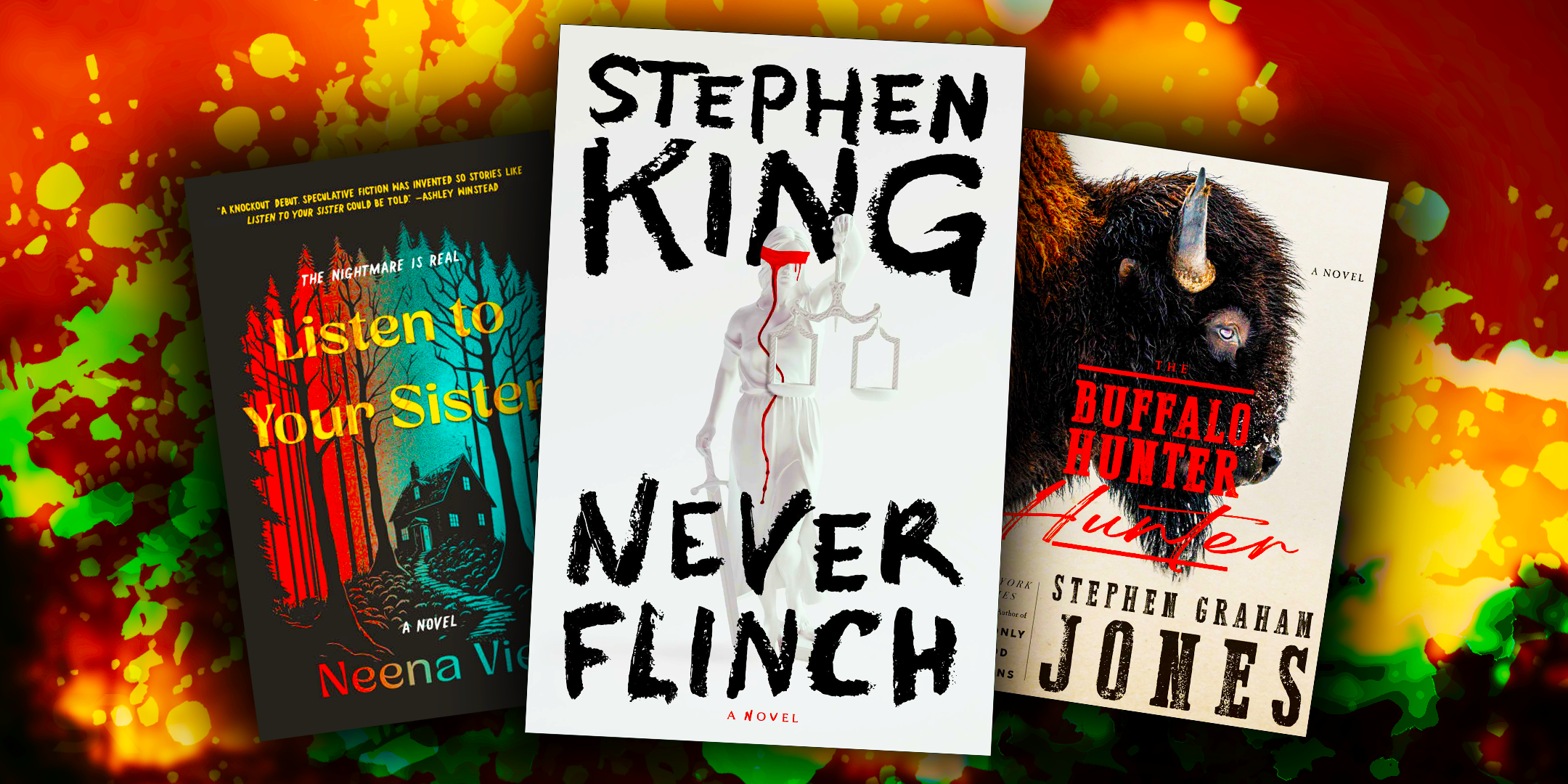
Related
15 Upcoming Horror Books Coming Out In 2025
There are many exciting horror books to look forward to in 2025, including a new release from Stephen King and Joe Hill’s first book in years.
The novel is unsettling and creepy, and has directly influenced countless writers, from Stephen King to Neil Gaiman to R.L. Stine. The prose is masterful, but it’s the realism of it all that makes it seem so authentic, and all the more terrifying for it. As dark and twisted as it is, it’s still a tale that feels as though it could unfold in any small town, rooting its horror in the mundane of the every day and bringing it to life.
5
Swan Song (1987)
Robert R. McCammon
Stephen King’s The Stand may get all the attention as the seminal post-apocalyptic epic horror novel of the 1980s, but there’s a strong argument to be made that Robert R. McCammon’s Swan Song tops it. In McCammon’s novel that blends sci-fi and horror, it’s nuclear war that ends the world, leaving a fraction of the population as survivors. While it’s not straight-up horror, it certainly embraces elements and it’s enough to put it on the list.
The answer Swan Song suggests is disturbing: evil is other humans.
His antagonist, The Man with the Scarlet Eye, is a Randall Flagg-esque shapeshifter and demonic entity that preys on the remaining humans. Humanity evolves in the wake of nuclear war as the demon attempts to stop it, prompting deeply unsettling, profound questions about the nature of human morality and what true evil is. The answer Swan Song suggests is disturbing: evil is other humans.
4
The Tell-Tale Heart (1843)
Edgar Allan Poe
Edgar Allan Poe is synonymous with Gothic horror, his poems and prose helping to define the genre. “The Raven” may be his most famous work, but “The Tell-Tale Heart” is his most disturbing. The horror lies in the unreliable narrator aspect of the story. As a murderer desperately tries to convince the reader he is sane even while describing a meticulously planned murder, his madness becomes ever clearer.
The very first word of “The Tell-Tale Heart” – “True!” indicates that the legitimacy of the narrator’s story is to be questioned.
His description of stalking and watching his victim every night, framed by the narrator as though it’s the most normal thing, ratchets up the sinister creepiness of the story. The nightmarish aspect of Poe’s story isn’t even the murder itself, but watching an already insane man descend even further into insanity. By the end, his mind is completely gone, and it’s his own guilt and paranoia that trips him up.
3
Rosemary’s Baby (1967)
Ira Levin
Ira Levin’s 1967 novel Rosemary’s Baby was not only the basis for a classic horror movie, but also arguably responsible for a new literary horror renaissance, kicking off a boom for the genre in the late ’60s. The story follows the newly pregnant Rosemary Woodhouse, who starts to suspect that there is something very wrong with her unborn baby, and its birth could usher the devil himself into the world.
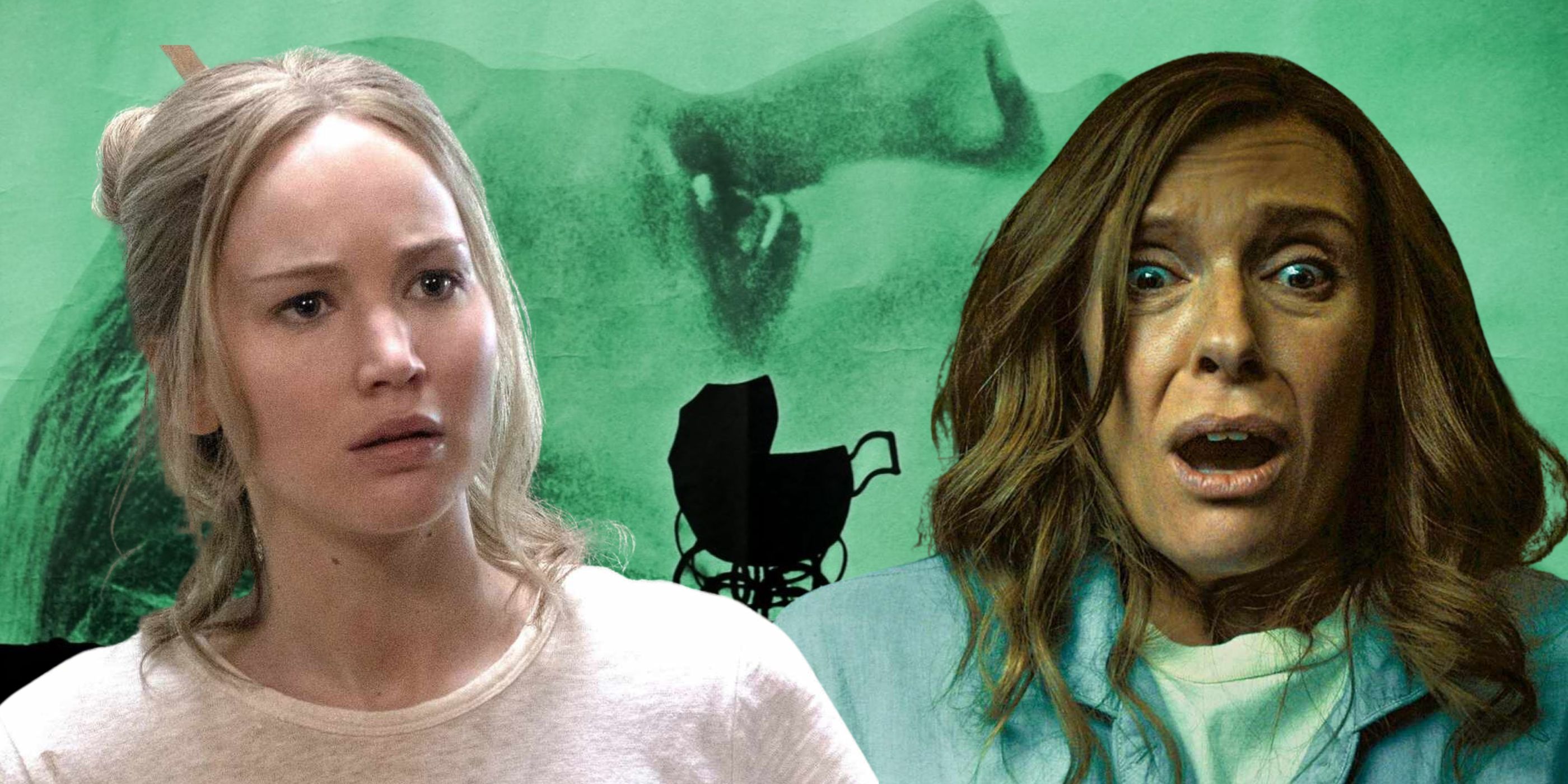
Related
10 Horror Movies That Were Clearly Inspired By Rosemary’s Baby
With its slow-build tension, psychological horror, and urban location, Rosemary’s Baby is arguably one of the most influential horror movies today.
Rosemary’s Baby is an excellent example of the theological horror subgenre, but what lingers is the body horror. As Rosemary becomes more convinced that the spawn of Satan is growing inside her, it turns her own womb into something alien and sinister. What exacerbates it all is a mundane horror all too common for women when it comes to medical issues, particularly pregnancy and childbirth: no one believes her, dismissing her fears as the hysteria of pregnancy. As such, it’s as much psychological thriller as horror, with Levin crafting the story with care and precision.
2
The Exorcist (1971)
William Peter Blatty
The Exorcist is one of the most terrifying and seminal movies ever put to the screen, and the novel it’s adapted from is no less terrifying. The story was inspired by the curious 1949 case of Roland Doe, a.k.a. Ronald Hunkeler, a 14-year-old boy who was reportedly possessed and underwent multiple exorcisms. In Blatty’s novel, Ronald becomes Regan MacNeil, the young daughter of a famous actress, but many of the beats are the same.
At the time of its publication, The Exorcist was as much of a sensation as the movie adaptation, becoming a slightly salacious read thanks to its graphic and disturbing subject matter. The blueprint for demonic horror stories, the material was controversial, seen as both blasphemous and sacrilegious by some. Regardless of where one falls on its morality, The Exorcist is a chilling and downright terrifying novel even today thanks to its roots in real, if debated, history and practice..
1
The Hellbound Heart (1986)
Clive Barker
Even casual horror fans know that the Hellraiser movies are the brainchild of writer Clive Barker, but fewer people know that the movies were actually based on Barker’s 1986 novella The Hellbound Heart. The story introduces the mysterious puzzle box, in the book called the LeMarchand Configuration, and the demonic entities known as Cenobites, now iconic pieces of the horror genre.
It still holds up as one of the most disturbing depictions of Hell – or at least, a hellish dimension – ever penned.
The Hellbound Heart cemented Barker’s style of ultra-body horror and gore, and his themes of sexual pleasure and pain teetering on a knife’s edge. It still holds up as one of the most disturbing depictions of Hell – or at least, a hellish dimension – ever penned. The true terror of the story lies in the fact that it leaves the reader suspecting that once one walks into Hell, they will never get out, even when it seems they’ve escaped. It works on both a visceral and an existential level, making it a must-read for horror fans and still terrifying today.
